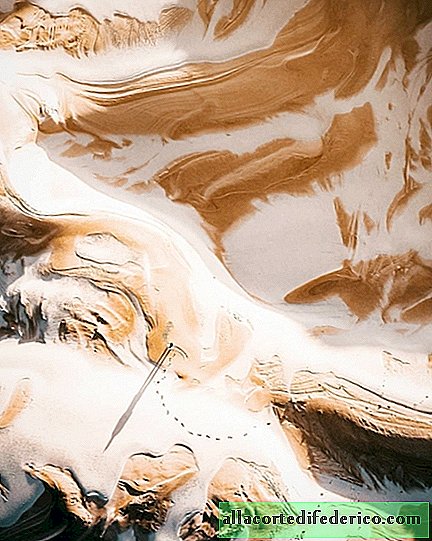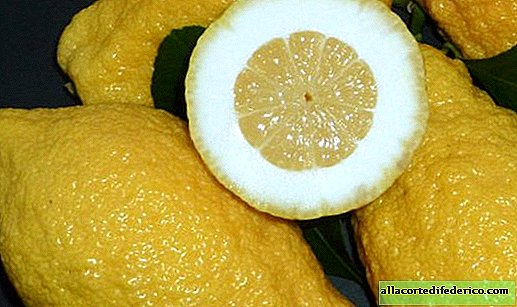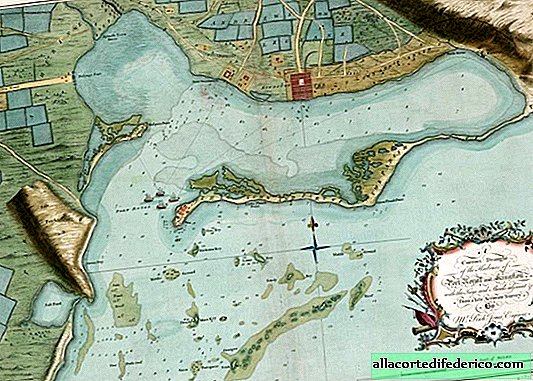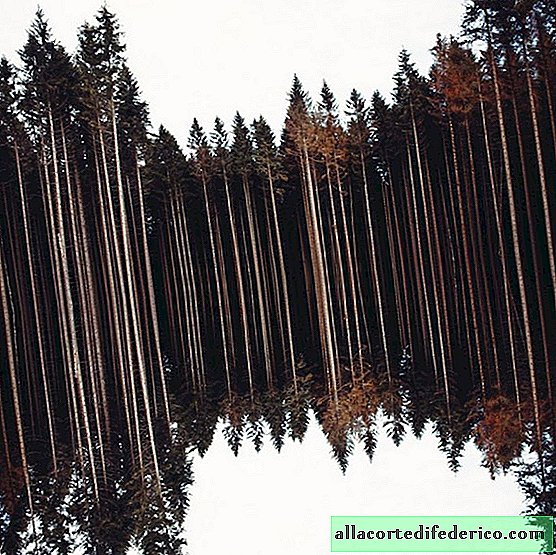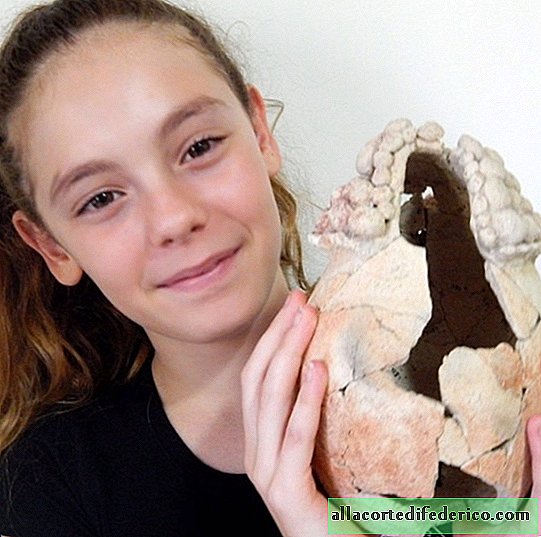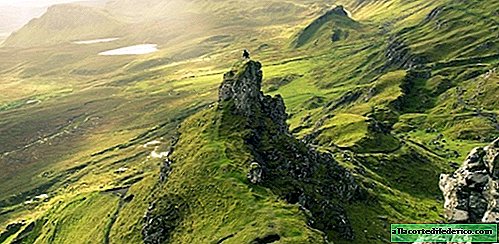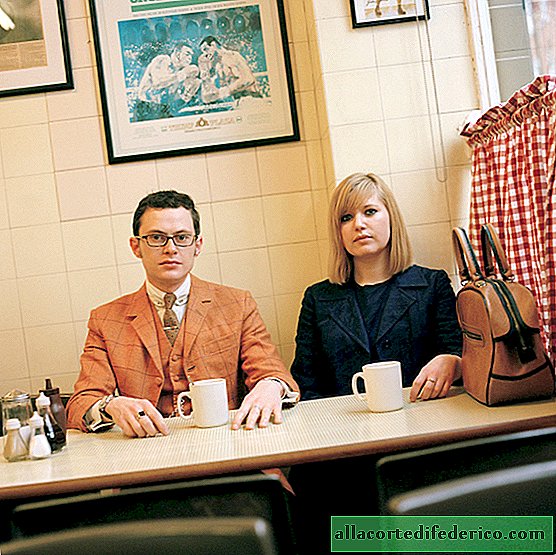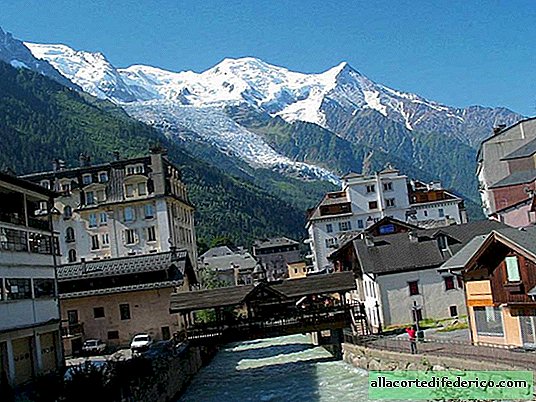As in the New Testament times, ritual dishes were made
In the years of the life of Jesus Christ, Jerusalem, like many other lands, belonged to the Roman Empire. At the same time, Judaism demanded that the Jews take a special approach to certain types of food and other things that could be "dirty" for a true Jew. Roman-made dishes did not meet these strict rules, so contemporaries of the New Testament events had to make their dishes from material that definitely did not allow “dirt” - from stones! How did this happen?
Stone against clay
The last "stone" workshop, found on the territory of Israel, was excavated in Galilee - a historical region in the north of the country. The workshop was used to make food and storage vessels that were considered “clean” in the time of Jesus. The small quarry is one of the few discovered in ancient Israel, and the first one discovered in the Galilee, which was a Roman province about 2000 years ago, when this workshop was actively working.
Previously, only two such objects were found, but both were in the Jerusalem area. The new find confirms the key role of maintaining ritual purity not only in Jerusalem, but also in the distant Galilee.
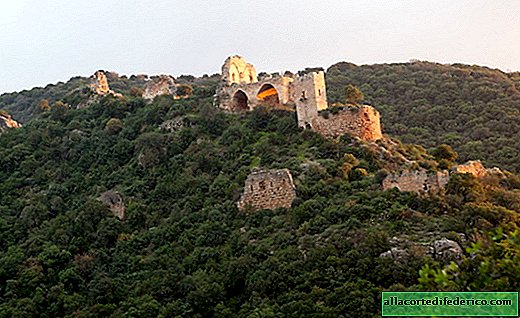
At that time, most people kept food and other items in clay dishes, while Jews who obeyed the laws of ritual purity, or kashrut, in some cases used stone dishes. The law of Judaism states that if an object comes into contact with something "ritually unclean", then this object must be cleaned. This included contact with certain types of dead animals, natural body products, skin diseases, and foods that should not be mixed, such as meat and milk.
The meeting of history and scripture
During the Roman Empire, ceramics was considered a material that is easily contaminated. All because of the porosity of clay. Therefore, if something "unclean" was stored in the dishes, it had to be destroyed. Pretty expensive, so the Jews used stone vessels, jugs and plates.

The stone quarry and part-time workshop for the manufacture of such dishes were inside an artificial cave, where researchers discovered stone fragments, traces of chips on the walls and other types of production waste for the manufacture of stone products. In this place, apparently, mainly mugs and bowls of various sizes were produced. Finished products were sold throughout the Galilee region.
By the way, the Bible speaks of such utensils. She is mentioned in the famous scene of marriage at Cana of Galilee, where Jesus turned water into wine: "There were six stone aquifers here, standing according to the custom of cleansing the Judean, containing two or three measures each. " (Gospel of John 2: 6).

